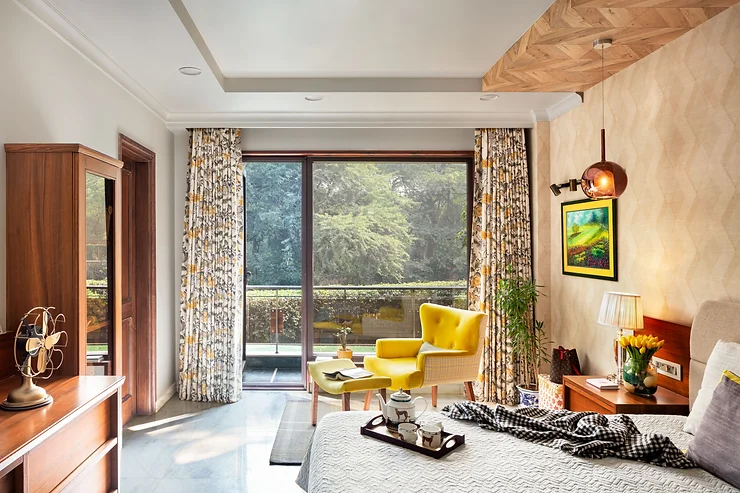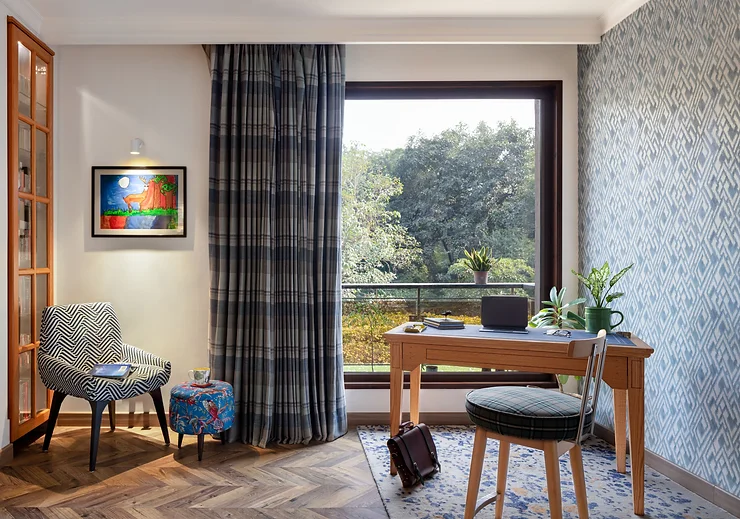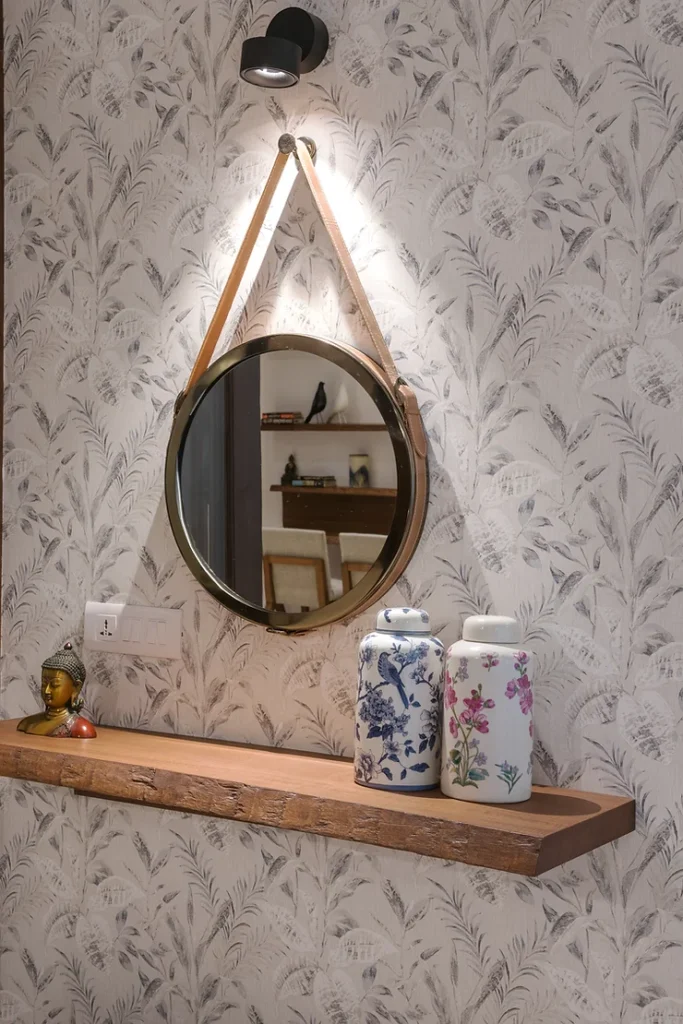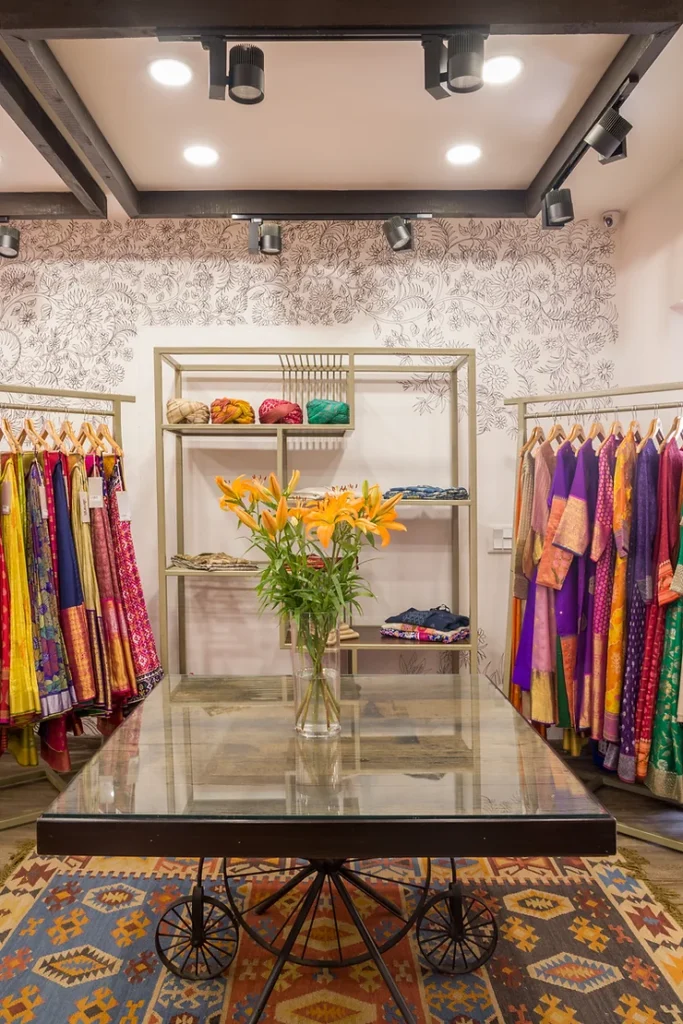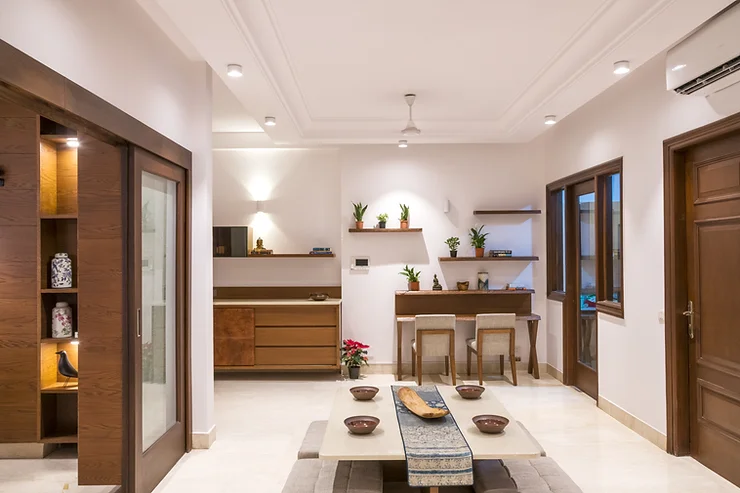Designing a Home With Wood : A story of warmth, elegance, and enduring beauty!
Design gives us an opportunity to unleash the transformative power of materials, and wood, with its versatility and sustainability, takes center stage in creating spaces that resonate with both style and comfort for designer homes. If you are thinking of designing a home with wood, here are some quick tips:
- Understand the Wood Varieties: Begin your journey of your house design by acquainting yourself with various wood species. Each type has its unique characteristics, from the rich tones of mahogany to the light hues of pine. Consider factors like durability, grain patterns, and maintenance requirements when choosing the wood that aligns with your design vision.
- Embrace Natural Light and Create a Seamless Flow: Wood has a natural affinity for light, so maximize natural light in design. Incorporate large windows and glass doors to allow sunlight to dance on your wooden surfaces. This not only highlights the beauty of the wood but also creates a bright and welcoming atmosphere to create unique designer homes. Foster a sense of continuity by using wood consistently throughout your home. From flooring and cabinets to ceiling beams and furniture, a cohesive use of wood establishes a harmonious flow.
 Valley Of Dreams in Kasauli accentuates the mesmerizing views of mountains
Valley Of Dreams in Kasauli accentuates the mesmerizing views of mountains
- Mix and Match Textures: Experiment with various wood textures to add depth and visual interest to your design. Combine polished wood surfaces with rough-hewn textures to strike a balance between sophistication and a rustic charm. The interplay of smooth and rough textures creates a dynamic and engaging environment in your home interiors.
- Prioritize Sustainability: As architects committed to sustainable design, we emphasize the importance of choosing responsibly sourced wood. Opt for materials certified by organizations and ensure that your design choices contribute to environmental conservation.
- Customize with Wood Accents: Style your home by incorporating customized wooden elements. From intricate wooden trims and moldings to handcrafted furniture, these bespoke additions showcase the unique character of your home. Engage with skilled craftsmen to bring your vision to life, adding a personal touch to every detail.
 Locally sourced wood for hand-crafted furniture and interior design in the Valley of Dreams in Kasauli, Himachal Pradesh
Locally sourced wood for hand-crafted furniture and interior design in the Valley of Dreams in Kasauli, Himachal Pradesh
- Utilize Wood for Structural Elegance: Beyond aesthetics, wood can also serve as a structural element, providing both strength and beauty. Explore exposed wooden beams or columns to create a striking architectural statement. This not only adds character to your home but also showcases the structural integrity of wood.
- Consider Maintenance and Longevity: A well-designed home styling should not only look good but also stand the test of time. Choose wood finishes and treatments that align with your maintenance preferences and lifestyle. Consider hardwoods for high-traffic areas, and implement protective measures to ensure your wooden surfaces maintain their allure.
- Celebrate Imperfections: Wood evolves over time, gaining character and patina. Embrace the imperfections and natural aging of wood as part of your home interior’s story. Appreciate the beauty of a lived-in space, where every scratch and mark tells a tale of a well-loved home!
Designing a home interior with wood is an art form that requires a keen understanding of materials, aesthetics, and sustainability. We encourage you to embark on this journey with a vision that goes beyond mere functionality. Let wood be the canvas upon which you paint the story of your home – a story of warmth, elegance, and enduring beauty!







